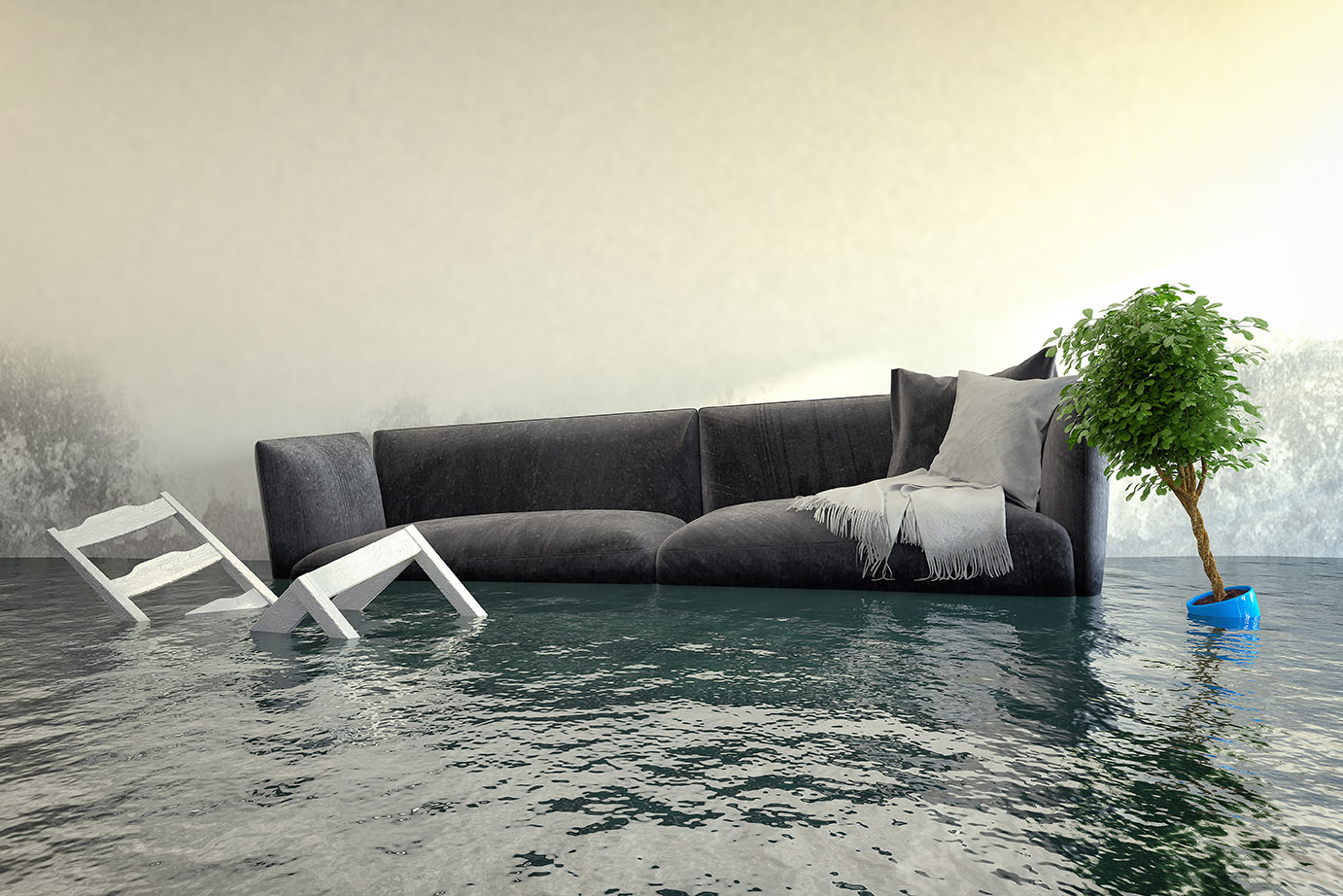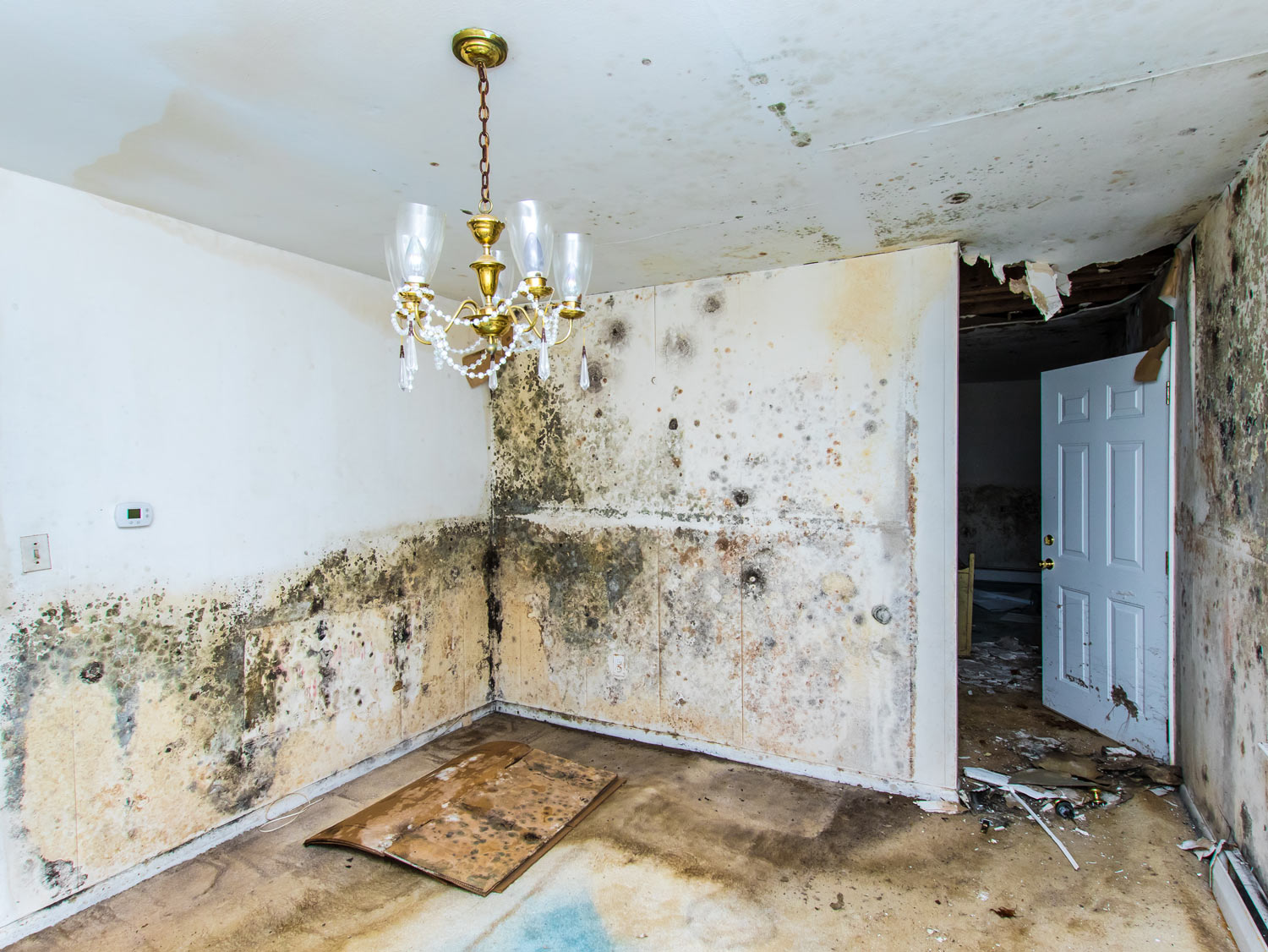Things To Do After A Flood Damage
If there is flood damage to your home or your business, you must act quickly to save as much as possible of your home and belongings. When it comes to cleaning up the storm, you can and can do some things immediately and you may need help to do others. The experts of ServiceMasterRestore® have compiled a list of five essential flux clean-up tips in order to alleviate your stress and direct you on what to do after floods.

1. LOOK FOR SAFETY HAZARDS
Call the insurance provider to report your flood damage home first when you have flood insurance. Begin to evaluate the damage. Here are some questions for your safety: Is your home structurally secure? For a safety inspection, contact the authorities. The stability of your home from its foundations and floors to its beams and ceilings can be jeopardized by water damage. If the amount of flood water is significant or the foundation is damaged, risk not entering your house. Is it still on your power? Standing water combined with electricity puts the electricity at risk – so don’t take any precautions.
If you have protected access to the outside of your breaker box, disable the power before contact with standing water. If not, before moving in, contact the nearest power provider. Do not enter your building, particularly if the water level is above your exit points, if you are uncertain that your power is still in use. Does a gas leak exist? Don’t reach your home if you detect some gas. Gas leaks are very risky and life-threatening. Alert your utility provider immediately if you believe that your home has a gas leak. Is the water poisoned by the flood? Wastewater and chemical contaminants also contaminate flood waters that can jeopardize your health. If you suspect polluted water, seek assistance in damage assessment, start clean-up and protect your health and property.
2. REMOVE ITEMS FROM YOUR REACH
If authorities authorize you to return home, remove as many things as possible to avoid additional damage. Due to increased moisture and moisture after a storm, even objects not in immediate contact with water may be affected. When you quickly remove objects, you can fix or restore them as best as you can. Please be careful in particular to remove electronics, too – if powered up or attached, they can produce electric shock, but they are also the most saved components. Don’t try to remove the electronics unplugged and the power is turned off. To avoid mold and water damage, dry up all recuperated products fully and store them in a clean, dry area.
3. WATER AND MOLD EXTRACTION
You can try water extraction on your own or call flood damage experts, depending on how high the water level is and whether you have tapes. When you try to extract water, rent a wet vacuum or water pump and take out as much as you can. It is important to maintain the humidity level as low as possible in order to stop mold growth as long as you dry your home and furniture. To improve airflow and speed up drying processes around your home, open all the windows and run fans and dehumidifiers.

4. CLEAN & RESTORE
When the flood damage areas affected by water, including wood beams, carpets and drywalls, have dried up, the surfaces should be washed and sanitized to prevent toxic mold growth and infection. Each tapestry and tapestry should be washed and dried thoroughly, including tapestry and covers. Clean and sanitize all flood waters carefully. You will need numerous strategies and approaches for clean floors, countertops, tapestries and furnishings, clothes and personal products. Some products will have to be replaced after saving. When your home is dry, calculate the damage level so that priority is given to what is cleaned and replaced.
5. KEEP RECORDS
Keep a detailed record of all losses, including photographs, videos, and any recovery or reparation figures and receipts. For any insurance claims, you will need these things.
LOCATIONS SERVED
Baltimore City, Baltimore County, Carroll County, Anne Arundel County, Cecil County, Harford County, Howard County, Queen Anne’s County
info@water-damage-restoration-baltimore.com
Hours of Service Operations:
Monday : Friday: 7am - 10pm EST
Saturday: 8am - 10pm EST
Sunday: 7am - 9pm EST
